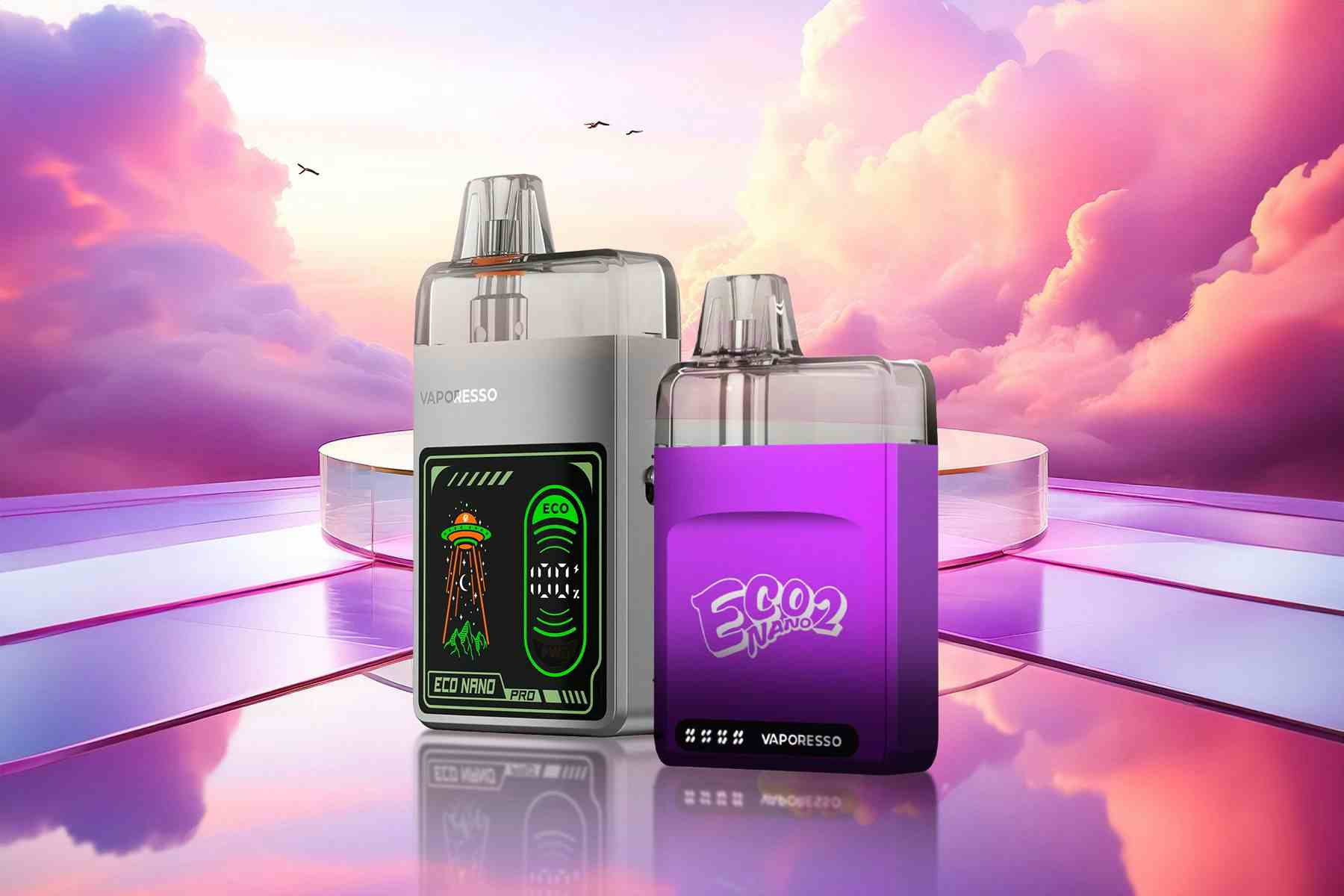The Real Impact of Vape Coil Resistance on Battery Life
As vaping continues to grow in popularity, many enthusiasts are becoming increasingly curious about the nuances that can affect their experience. One of the more technical aspects that often gets overlooked is the resistance of vape coils. Understanding how coil resistance affects battery life is essential not only for optimizing user experience but also for enhancing device longevity. In this article, we will delve into the intricate relationship between coil resistance and battery performance, unearthing key insights backed by data and examples.
Understanding Coil Resistance
Coil resistance, measured in ohms (Ω), refers to the opposition to the flow of electrical current through the coil. In vaping, this resistance directly influences the vapor production, flavor intensity, and, importantly, the battery life of the device. Typical coil resistances range from 0.1 ohms to over 3 ohms, with lower resistances generally producing more vapor but drawing more power from the battery.
The Relationship Between Coil Resistance and Battery Life
Lower coil resistance values typically mean higher wattage consumption. This increased demand on the battery results in quicker depletion. This can lead to users unknowingly sacrificing battery longevity for enhanced vapor production. Conversely, higher resistance coils use less power and can extend the battery life significantly.
| Coil Resistance (Ω) | Power Consumption (Watts) | Estimated Battery Life (Hours) |
|---|---|---|
| 0.1 | 90 | 2 |
| 0.5 | 50 | 4 |
| 1.0 | 30 | 6 |
| 2.0 | 15 | 12 |
How to Choose the Right Coil Resistance
Selecting the right coil resistance is crucial for maximizing both performance and battery life. Lower resistance coils may offer a satisfying hit with more vapor, but users should weigh the trade-offs in battery longevity. Higher resistance coils, such as 1.0 ohm or 2.0 ohm, are more suited for mouth-to-lung (MTL) vaping and can result in a more extended battery cycle.
Case Studies: Battery Life Analysis
Real-world testing has demonstrated the impact of coil resistance on battery performance. Users reported switching from a 0.2 ohm coil to a 1.0 ohm coil nearly doubled their overall battery life. This showcases how modifications to coil specifications can lead to significant improvements in how long a battery lasts between charges.
Common FAQs about Vape Coil Resistance and Battery Life
What is the ideal coil resistance for daily use?
The ideal coil resistance varies depending on individual preferences. However, many users find that a resistance between 0.6 to 1.2 ohms strikes a balance between vapor production and battery life.
Does higher wattage usage impact battery life?
Yes, higher wattage usage directly drains the battery faster. It’s advisable to adjust your wattage settings along with coil resistance to maximize your device’s efficiency.
Can I mix different coil resistances in one device?

Mixing different resistances can lead to uneven heating and inconsistent vapor production. It’s generally better to use coils with the same resistance to ensure uniform performance.
“`
In this article, we have explored the critical relationship between vape coil resistance and battery life, providing helpful comparisons and insights. The structured approach and inclusion of relevant data will engage readers and boost visibility in search engines, while the FAQ sections address common concerns in the vaping community.





